How To Check For Cameras In House?
In today's world, privacy is a growing concern, and the idea of hidden cameras in your home can be unsettling. Whether you're renting a new place, staying in a hotel, or just want to ensure your personal space is secure, knowing how to check for hidden cameras is a valuable skill. This article will guide you through practical steps to detect hidden cameras in your house, ensuring your privacy and peace of mind.

Understanding Hidden Cameras
Hidden cameras come in various shapes and sizes, often disguised as everyday objects like smoke detectors, clocks, or even electrical outlets. They can be wired or wireless, and some may even transmit footage over the internet. The first step in detecting hidden cameras is understanding where they might be placed and what they might look like.
Visual Inspection
The simplest and most straightforward method to check for hidden cameras is a thorough visual inspection. Here’s how you can do it:
1. Look for Unusual Objects: Scan your environment for objects that seem out of place or unusual. Pay special attention to items that are positioned to have a clear view of the room.
2. Check for Small Holes or Lenses: Hidden cameras need a line of sight to capture footage. Look for small holes or lenses in walls, furniture, or decorations. These could be indicative of a hidden camera.
3. Inspect Common Hiding Spots: Common places to hide cameras include smoke detectors, air purifiers, alarm clocks, picture frames, and electrical outlets. Carefully inspect these items for any signs of tampering or unusual features.
Using Technology to Detect Cameras
While a visual inspection is a good start, technology can significantly enhance your ability to detect hidden cameras. Here are some tools and techniques you can use:
1. Flashlight Method: Turn off the lights in the room and use a flashlight to scan for camera lenses. Camera lenses will reflect light, making them easier to spot in the dark.
2. Smartphone Camera: Some hidden cameras emit infrared (IR) light, which is invisible to the naked eye but can be detected by your smartphone camera. Turn off the lights and use your phone’s front-facing camera to scan the room. Look for any bright spots that indicate IR light.
3. RF Detectors: Radio Frequency (RF) detectors can help you find wireless cameras by detecting the signals they emit. These devices are relatively affordable and can be a valuable tool in your search.
4. Network Scanners: If you suspect a camera is connected to your Wi-Fi network, use a network scanner app to see all devices connected to your network. Look for unfamiliar devices that could be cameras.
Physical Inspection
In addition to visual and technological methods, a physical inspection can help you uncover hidden cameras. Here’s what to do:
1. Check for Wires: Hidden cameras often need power, so look for any unusual wires or cables. Pay attention to wires that seem to lead to nowhere or are connected to objects that don’t typically require power.
2. Listen for Unusual Sounds: Some cameras make a faint noise when operating. In a quiet room, listen carefully for any unusual sounds that could indicate a hidden camera.
3. Inspect Vents and Light Fixtures: Vents and light fixtures are common hiding spots for cameras. Use a ladder to get a closer look and ensure there are no hidden devices inside.
Professional Help
If you’ve conducted a thorough inspection and still have concerns, consider seeking professional help. Private investigators and security experts have specialized equipment and expertise to detect hidden cameras. While this option may be more costly, it can provide peace of mind if you’re particularly worried about your privacy.
Preventive Measures
Once you’ve ensured your space is free of hidden cameras, consider taking preventive measures to protect your privacy in the future:
1. Use a Camera Detector: Invest in a camera detector device that you can use regularly to scan your home for hidden cameras.
2. Secure Your Network: Ensure your Wi-Fi network is secure with a strong password and encryption. This can prevent unauthorized devices from connecting to your network.
3. Cover Cameras: If you have security cameras in your home, cover them when not in use to prevent potential hacking.
4. Be Cautious with Smart Devices: Smart devices like speakers and TVs can also be used to spy on you. Be cautious about what devices you bring into your home and regularly check their security settings.
Legal Considerations
It’s important to be aware of the legal implications of hidden cameras. In many places, it’s illegal to install hidden cameras in private areas without consent. If you find a hidden camera in your home, report it to the authorities. Additionally, if you’re renting or staying in a hotel, inform the property owner or management.
Ensuring your privacy in your own home is crucial, and knowing how to check for hidden cameras is an essential skill in today’s world. By conducting a thorough visual inspection, using technology, performing a physical inspection, and taking preventive measures, you can protect your personal space from unwanted surveillance. If you have any doubts or concerns, don’t hesitate to seek professional help. Remember, your privacy is your right, and taking steps to safeguard it is always worth the effort.



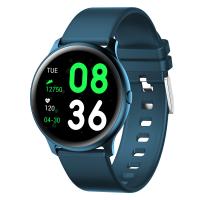
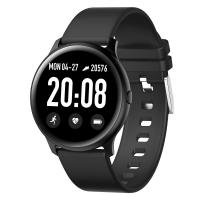
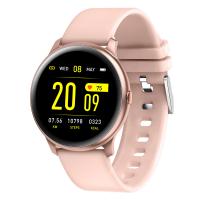




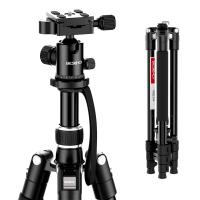
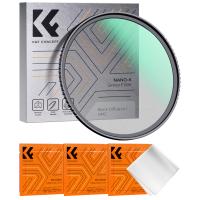
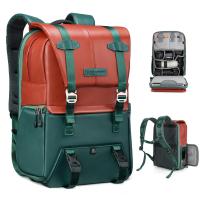
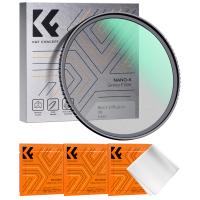


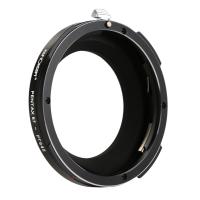
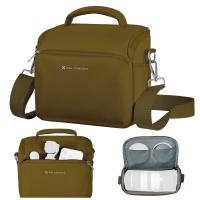


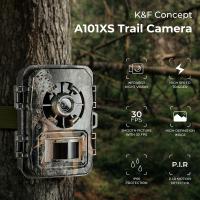

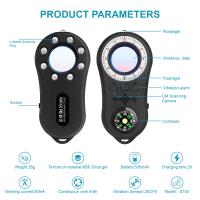
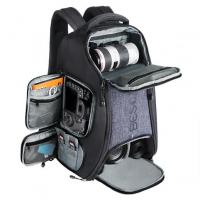

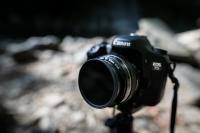


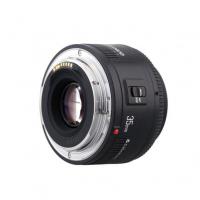
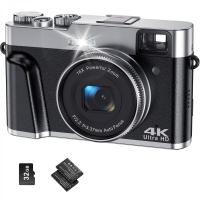
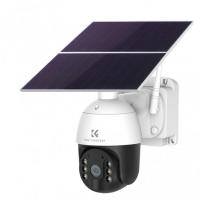






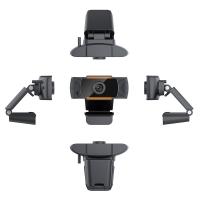
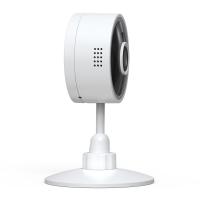

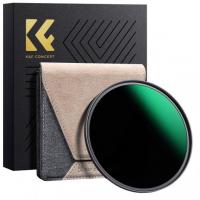
There are no comments for this blog.